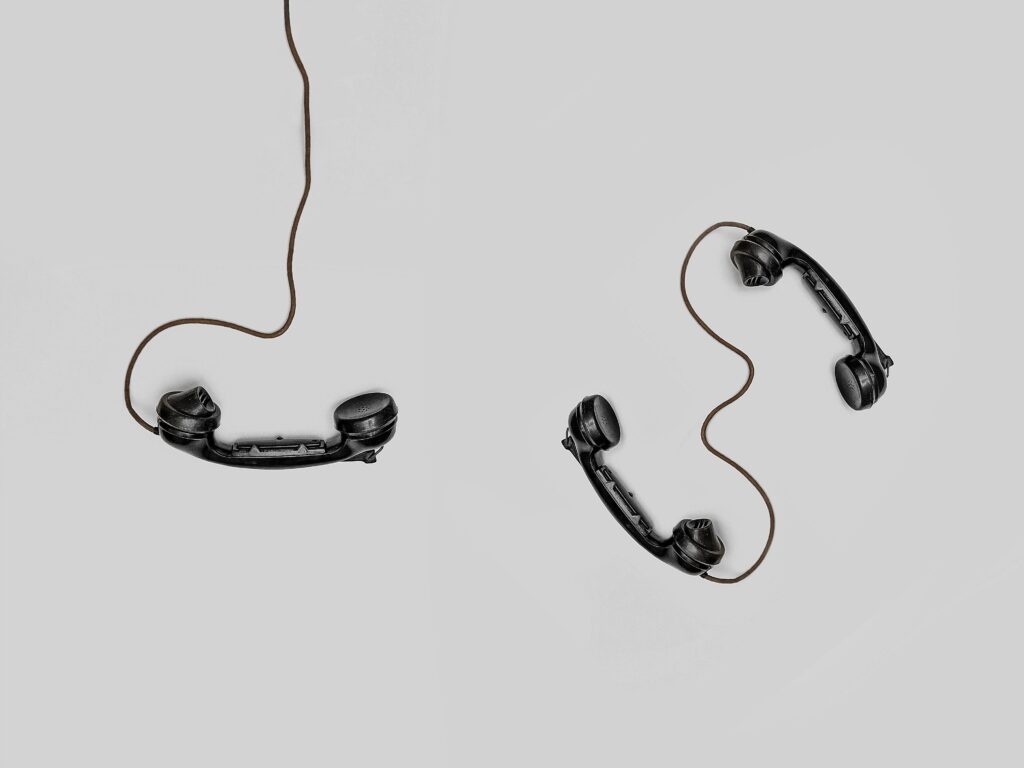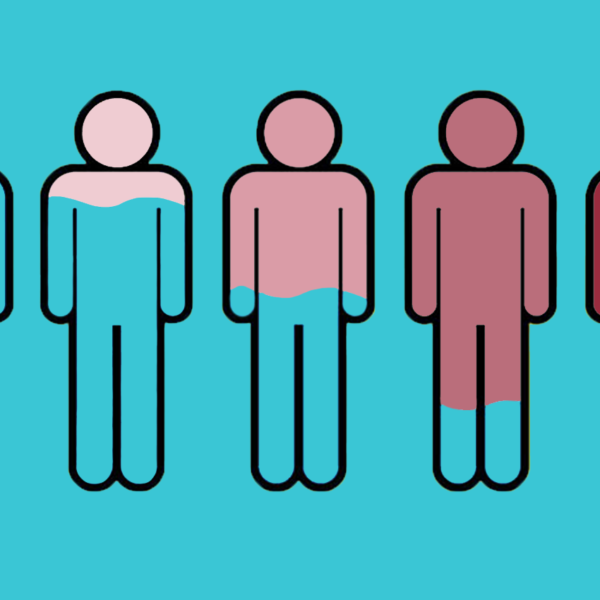We know that communication is vital for job hunters, but not all forms of communication are the same. The things that are important in-person are not necessarily the same things that are important when applying through a job board or talking over the phone. From your first connection to your first day, the way you communicate will set the tone for the rest of your career with these potential employers, so read below to make sure that you are ready when the time comes.
Connecting for the First Time
Making a positive and lasting first impression is crucial for job seekers, whether they are applying through job boards, meeting in person at job hunting events, or connecting through a recruiter. This initial encounter can significantly impact their chances of securing a job opportunity. For each different scenario, there are different ways to communicate properly:
Job Boards: When applying through job boards, the first impression is often made through the candidate’s resume. It is essential to have a well-crafted resume that highlights relevant skills and experiences. Attention to detail, clear communication, and proper formatting can help create a positive impression on potential employers. That being said, the way you answer short response or additional questions can say a lot about your interest in the job, so make sure to always use full sentences that are factual and succinct.
In Person: Similarly, when attending job hunting events such as career fairs or networking sessions, face-to-face interactions play a vital role in leaving an impression. Dressing professionally, displaying confidence, and effectively articulating one’s qualifications can set candidates apart from the competition. Building rapport with recruiters or hiring managers during these events can increase the likelihood of being considered for future opportunities. It pays to practice your ‘elevator pitch’ for scenarios like these. The more you practice it, the more natural it will come across when you use it.
Recruiters: Connecting with recruiters offers another avenue for making a strong first impression. These professionals often serve as connectors between candidates and employers. By presenting oneself professionally during initial conversations or interviews with recruiters, candidates can demonstrate their enthusiasm for the role and their ability to effectively represent themselves to potential employers. Doing so successfully ensures that they have a powerful ally on their side during the process of attaining the position.
In all these scenarios, it is important to remember that first impressions are not solely based on appearance but also on one’s ability to showcase skills and convey genuine interest in the position through multiple forms of communication. Though this is only the first step in the process, the way you communicate here sets the tone for all future interactions.
Interviewing
Phone interviews, video interviews, in-person interviews, and on-site interviews are all different methods used by employers to assess potential candidates during the hiring process. Each type of interview has its own unique advantages and considerations.
Phone Interview: Typically the initial step in screening candidates. It allows employers to get a sense of an applicant’s communication skills and provides an opportunity to ask basic questions about their qualifications. Phone interviews are often less formal than other types of interviews and tend to be shorter in duration, but that does not make them any less vital. Make sure you are some place quiet, have plenty of time to focus on the conversation, and have good connection before even accepting the call. It is better to reschedule then to have a bad interview.
Video Interviews: These have become increasingly popular, especially with remote or international candidates. They offer the advantage of face-to-face interaction without the need for physical proximity. Video interviews allow employers to assess a candidate’s body language, facial expressions, and overall presentation skills. Make sure your background is clean and professional looking as it will reflect back on you.
In-Person Interviews: Traditionally conducted at the employer’s office or a designated location, these types of interviews provide a more comprehensive evaluation as they allow for direct interaction between the candidate and interviewers. In-person interviews often involve multiple rounds with different individuals or panels. On-site interviews fall into this category and are typically conducted towards the final stages of the hiring process when a candidate is being seriously considered for a position. These interviews may require candidates to visit the company’s premises or worksite where they would potentially be employed. On-site assessments can include various activities such as skills tests, presentations, or group exercises.
It is important for job seekers to prepare differently depending on the type of interview they will be facing. Understanding each format’s nuances will help applicants tailor their responses accordingly and present themselves in the best possible light throughout each stage of the hiring process.
Onboarding and Starting
There is more to come even after you interview. Denied or hired, there is still, at least, one more step of communication to follow through with before moving on!
When You Don’t Get the Job: It’s important to maintain a professional and gracious approach. Sending a follow-up email to the hiring manager thanking them for the opportunity and expressing your continued interest in future opportunities can leave a positive impression. You can also ask for feedback on areas where you could improve for future applications. There is no guarantee that you will receive a response, but it does let the hiring manager know that you are open to communication.
When You Do Get the Job: It’s essential to send a thank-you note or email expressing your gratitude for being selected. This shows your professionalism and enthusiasm for starting in your new role. You can also inquire about any necessary paperwork or documentation required before your start date. With larger companies, the onboarding staff and recruiting staff are often different teams, so be sure to thank the hiring staff for their work so far and connect with the onboarding staff as soon as possible.
Onboarding: Staying connected with your new employer is crucial to establish strong relationships and ensure a smooth transition into your new role. Regular communication with HR or your recruiter will help clarify any questions or concerns you may have regarding paperwork, training schedules, or company policies. If you plan to have limited communication during the onboarding time, let your recruiter or onboard staff know so that they can adjust the schedule to fit that timeline.
Overall, maintaining professional communication throughout the entire job hunting process is necessary to continue moving forward. From first connecting to your starting day, the effort you put into communicating will set the tone for the entire process, so make sure that you are aware of how you look, sound. If you are nervous or simply want to have a strong ally on your side, then consider connecting with a recruiter by sending an us an updated resume or applying directly to our job board. Let us make the process easier and far less stressful as you look for the right role for you!











